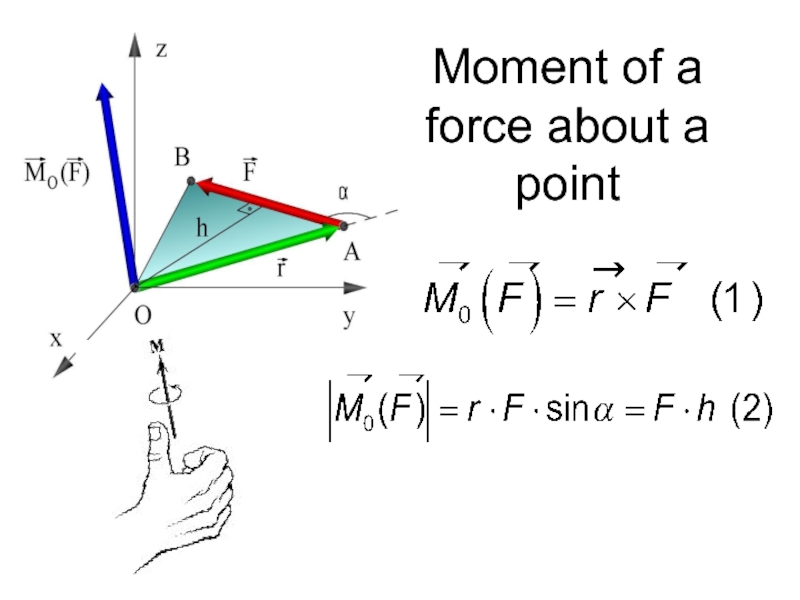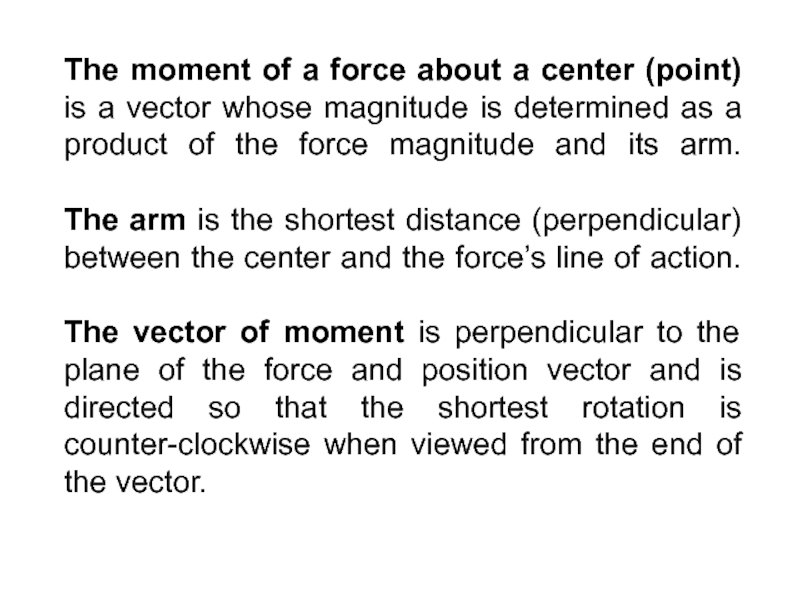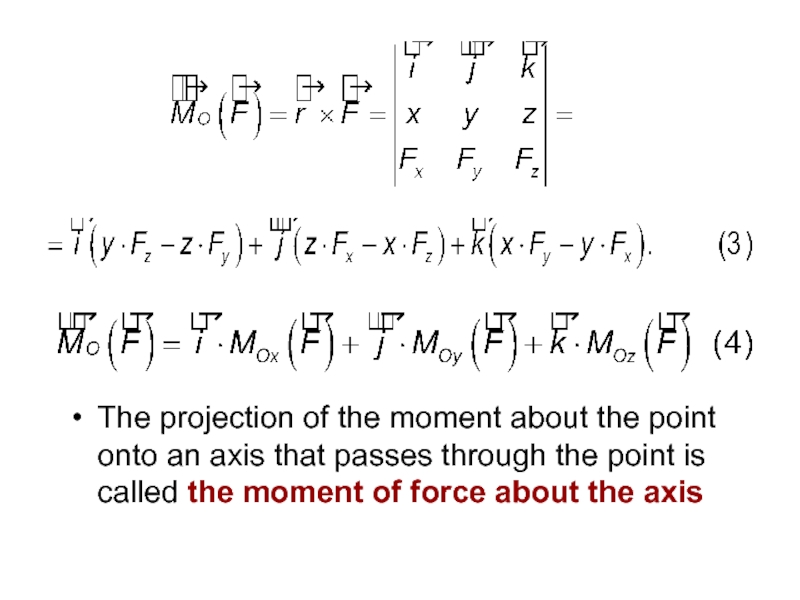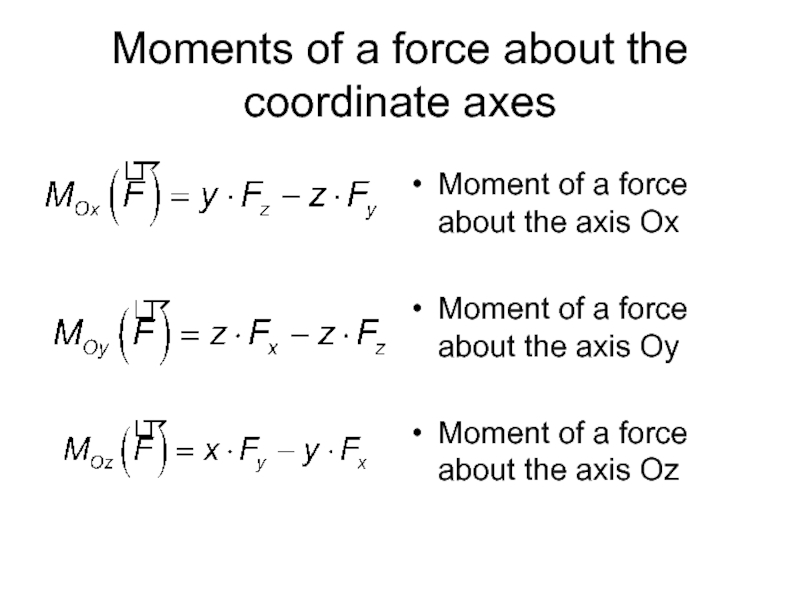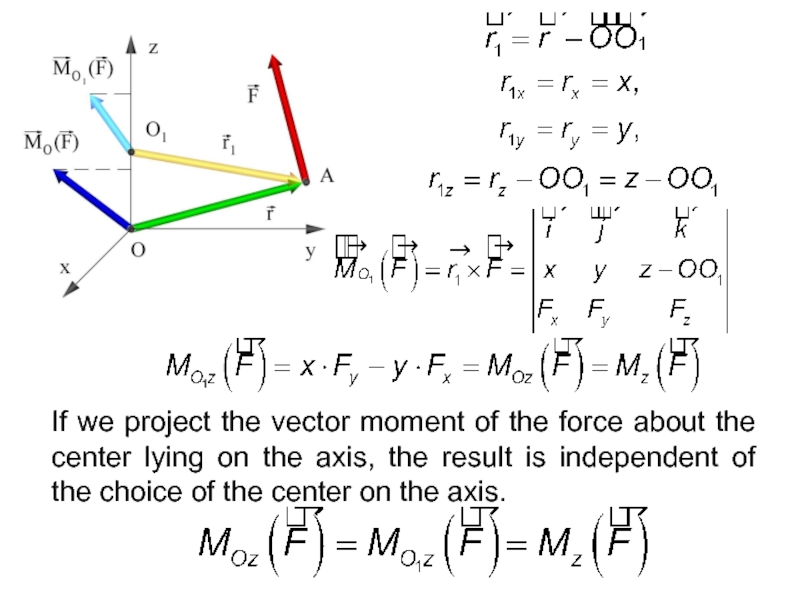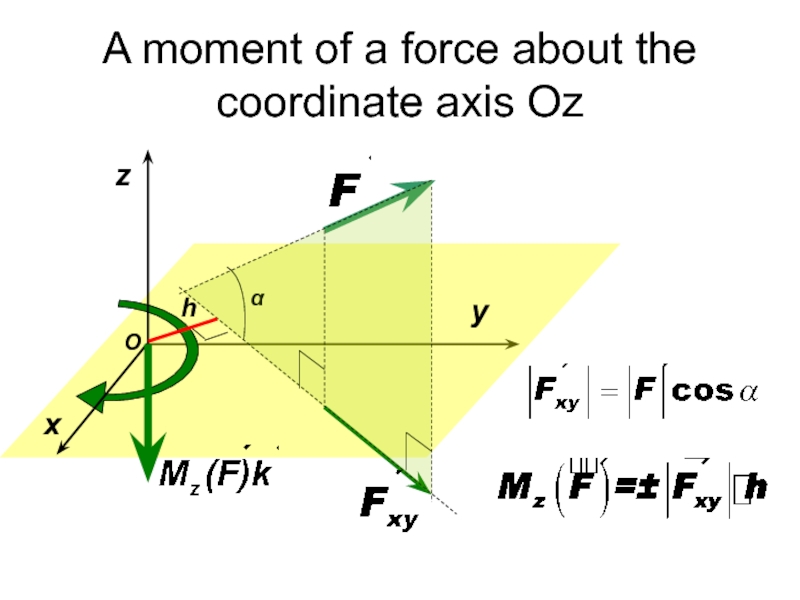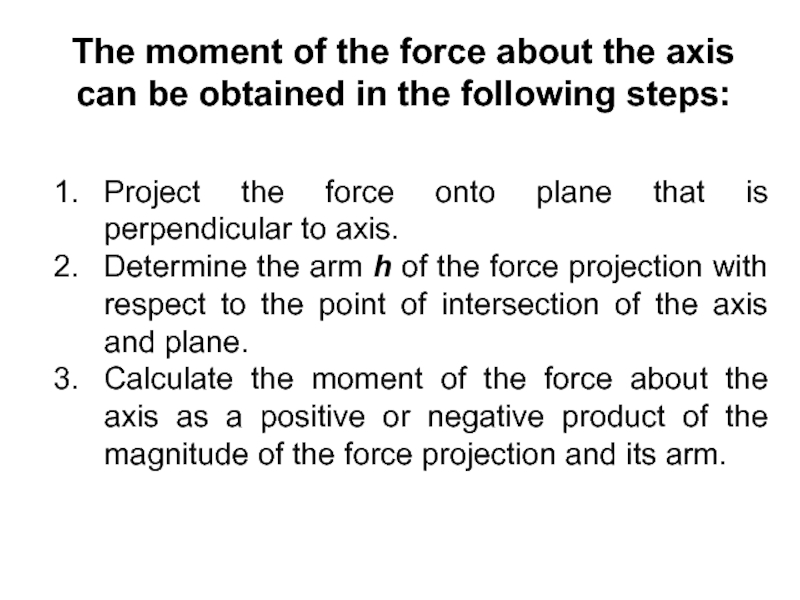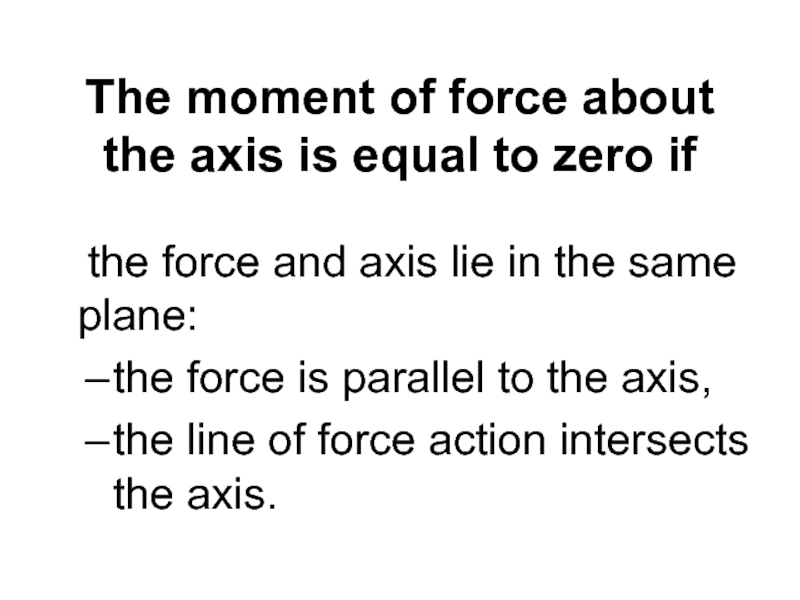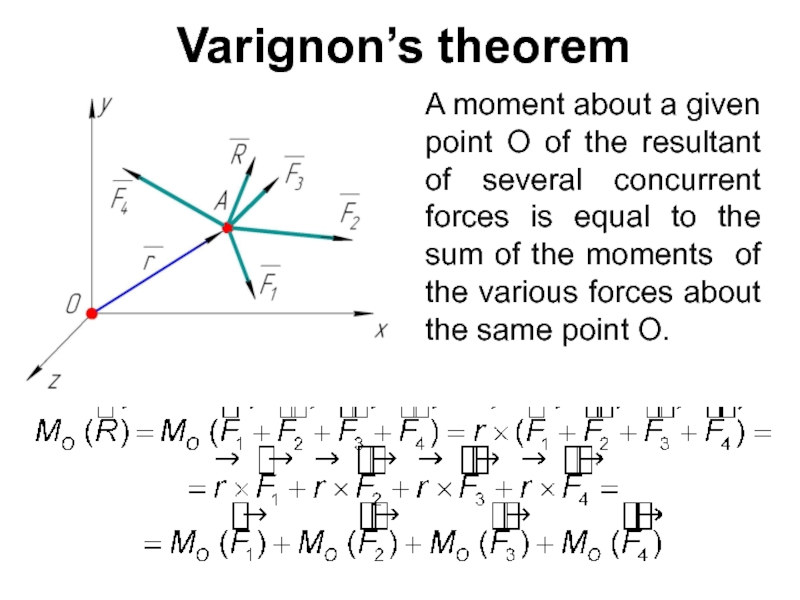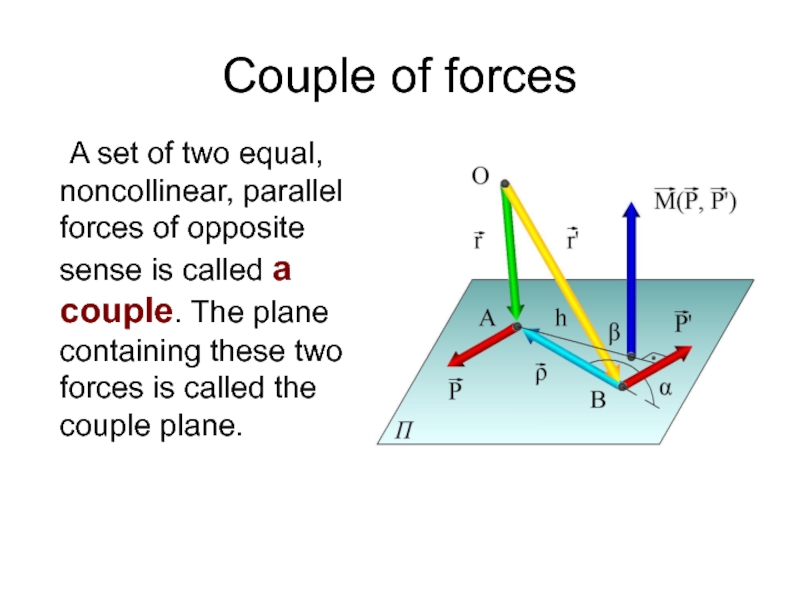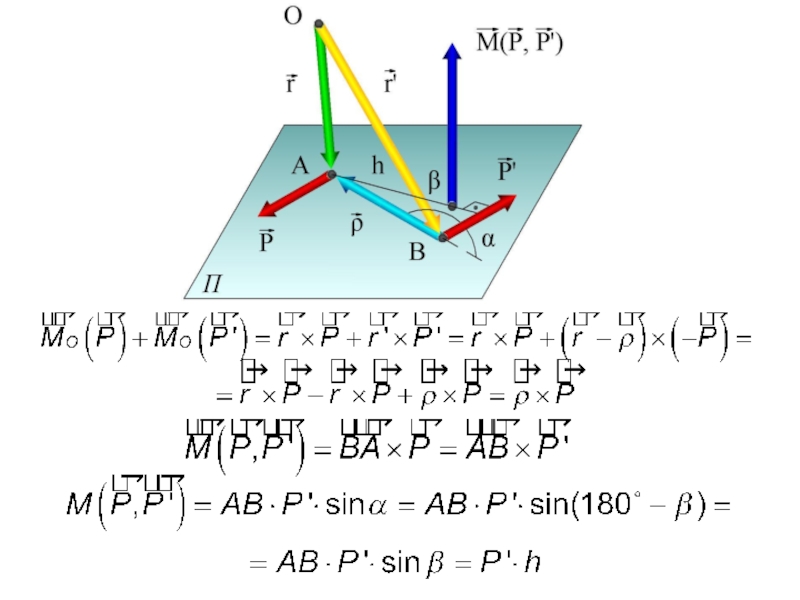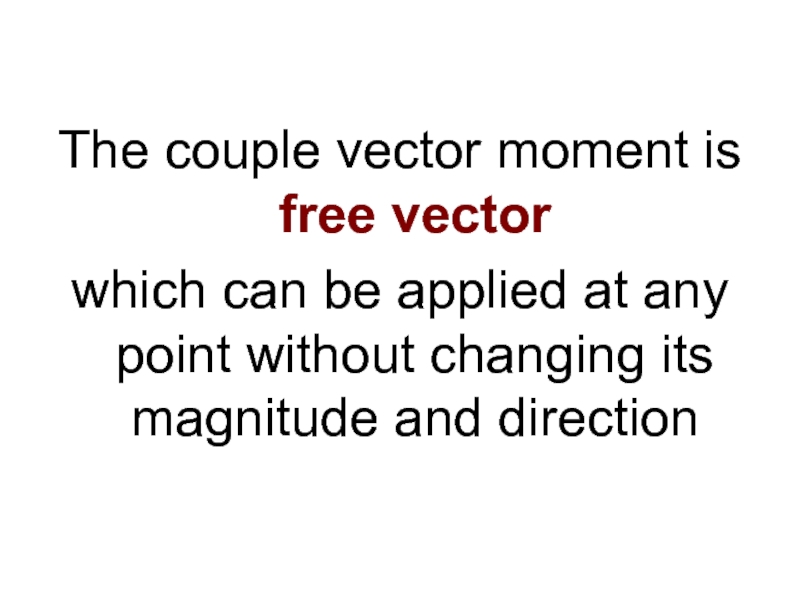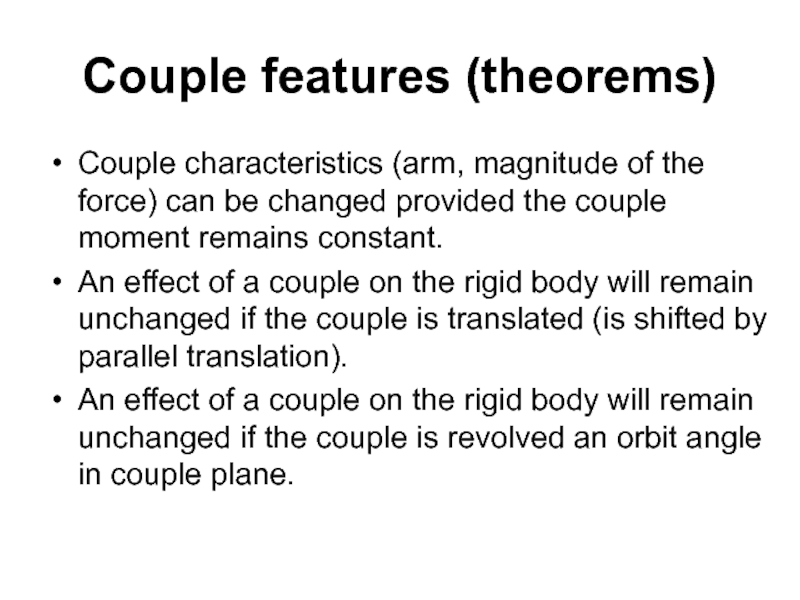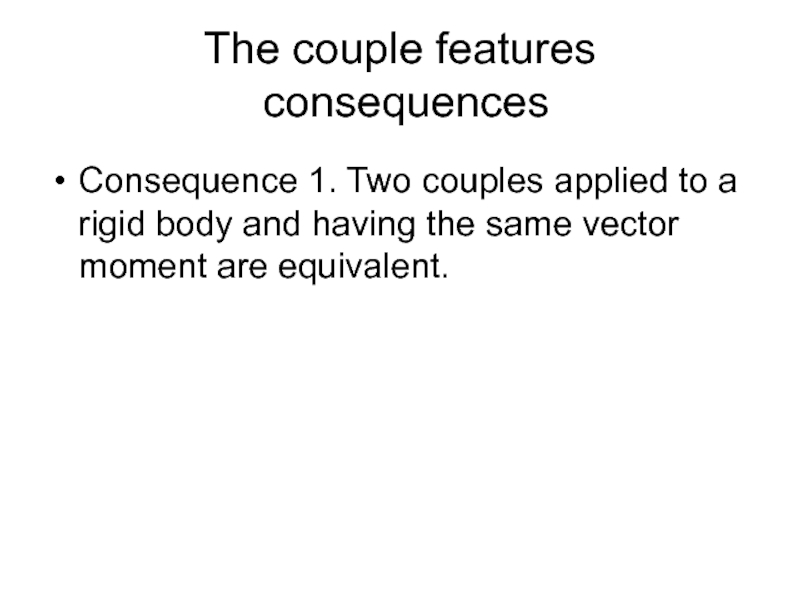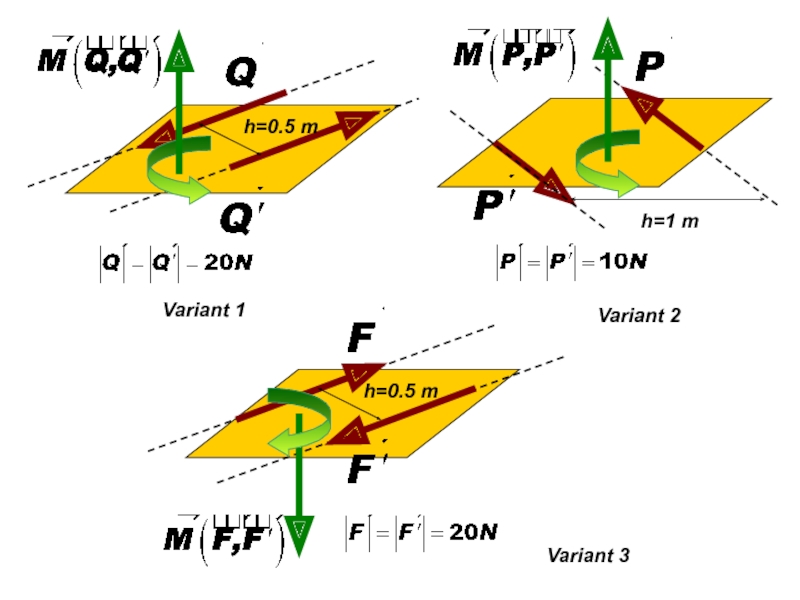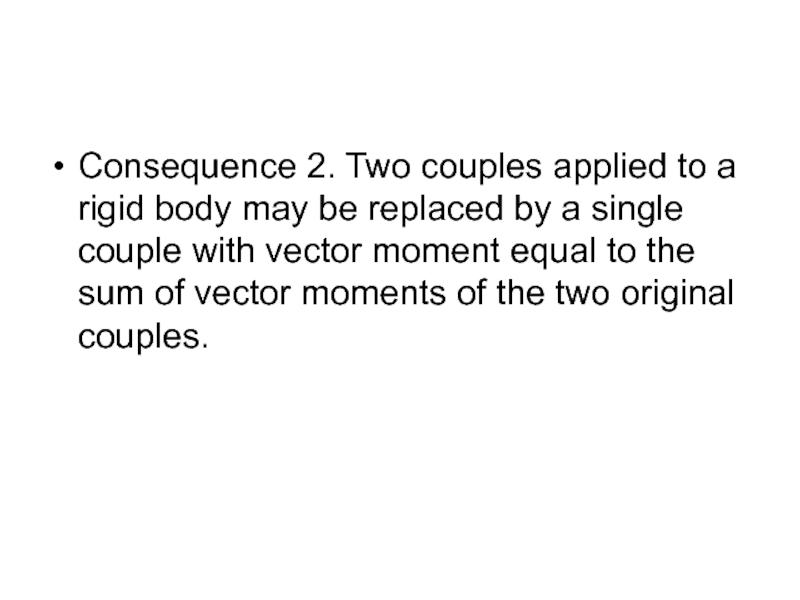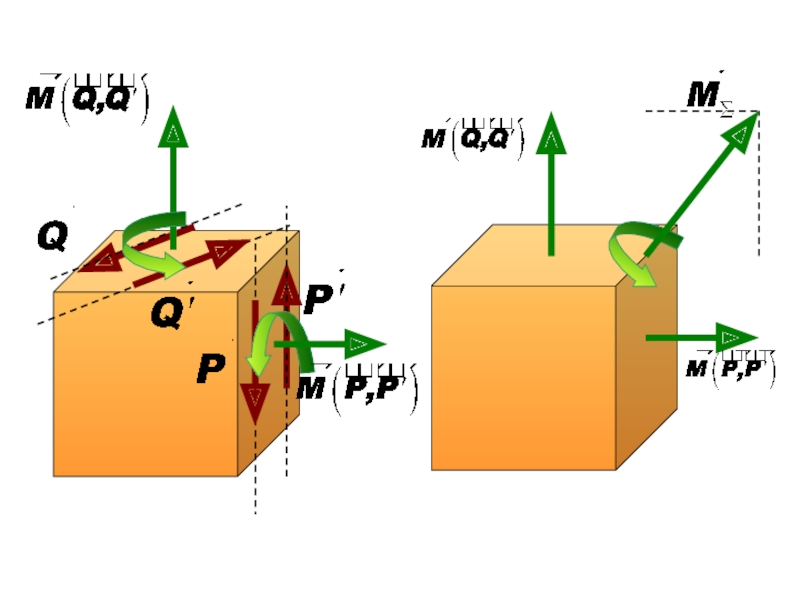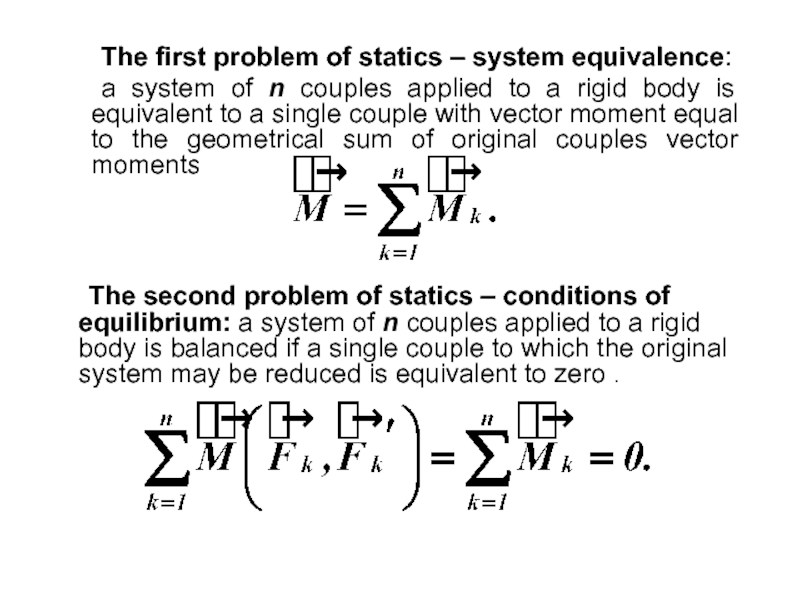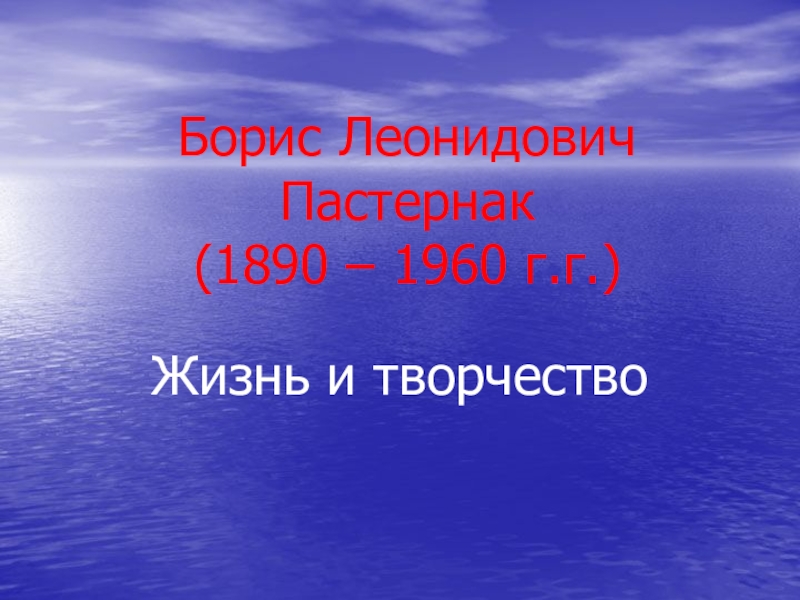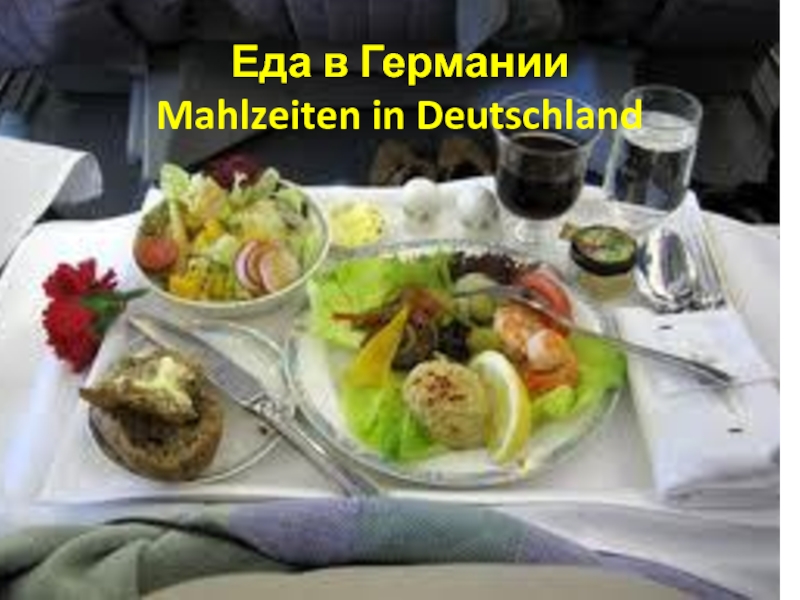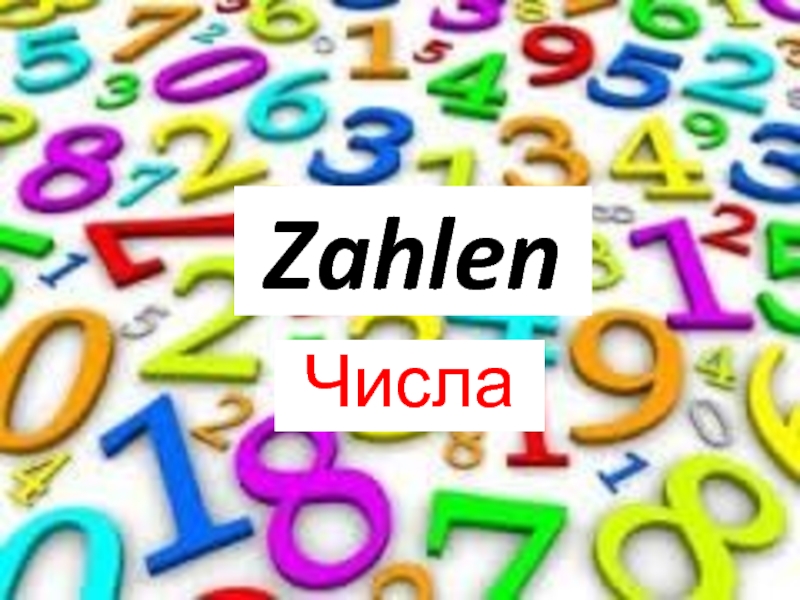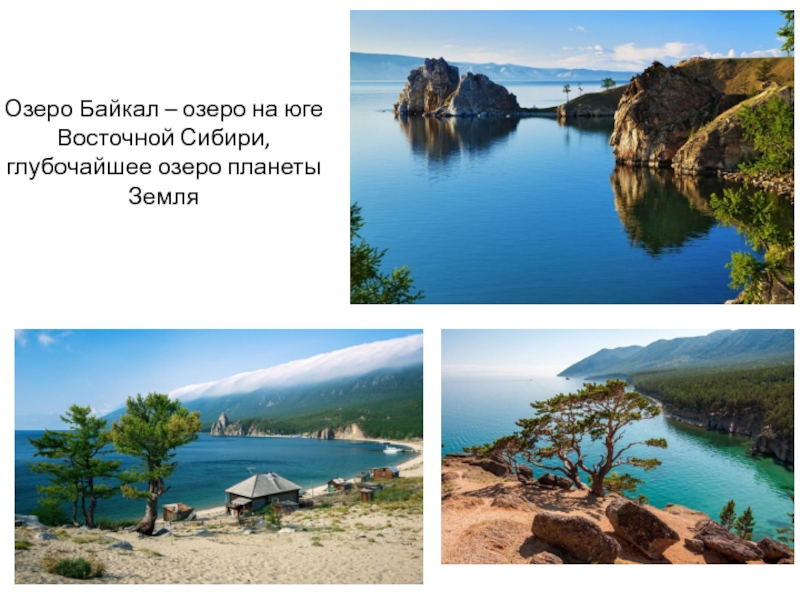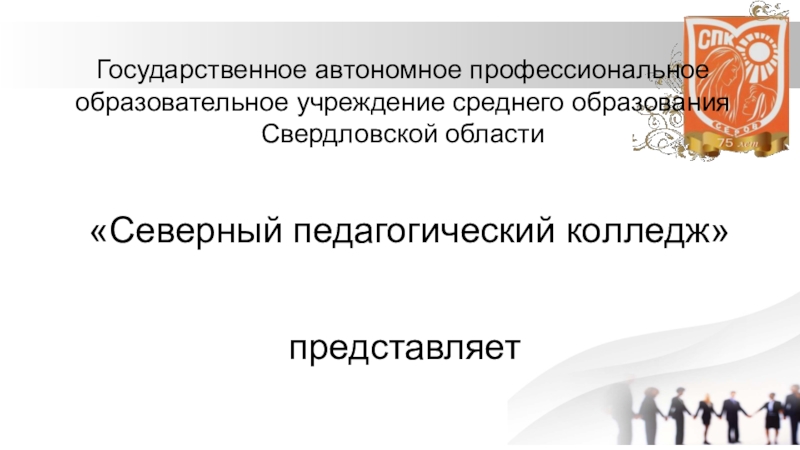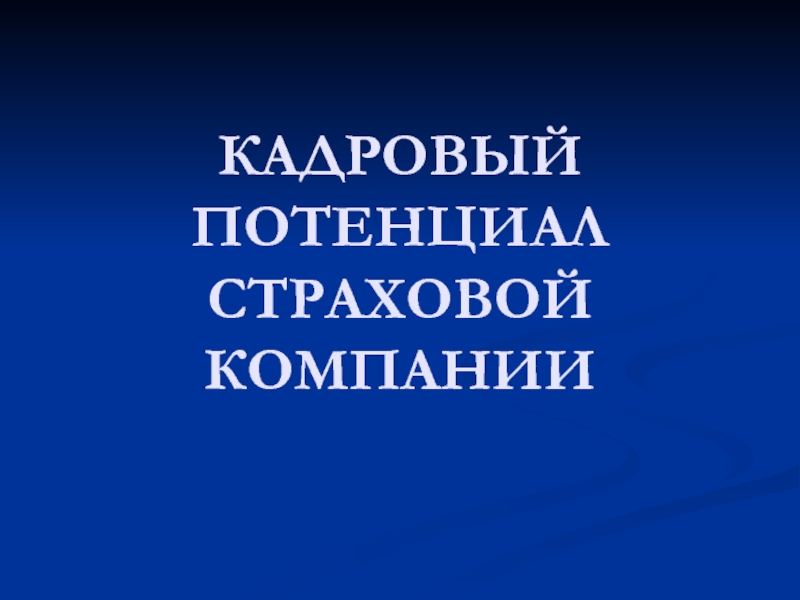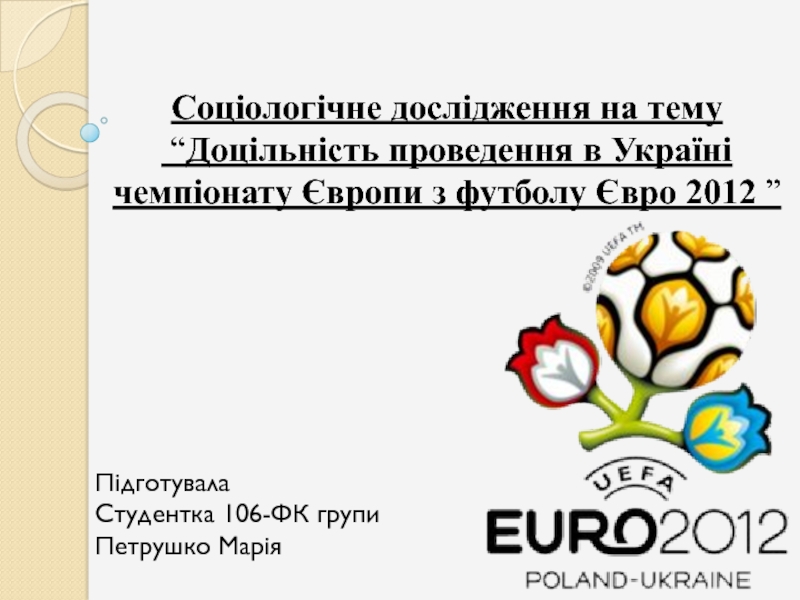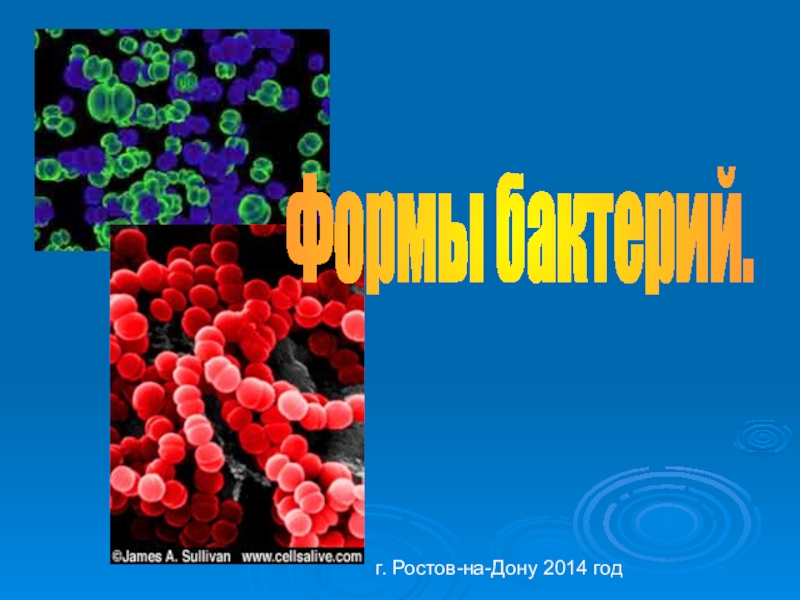Разделы презентаций
- Разное
- Английский язык
- Астрономия
- Алгебра
- Биология
- География
- Геометрия
- Детские презентации
- Информатика
- История
- Литература
- Математика
- Медицина
- Менеджмент
- Музыка
- МХК
- Немецкий язык
- ОБЖ
- Обществознание
- Окружающий мир
- Педагогика
- Русский язык
- Технология
- Физика
- Философия
- Химия
- Шаблоны, картинки для презентаций
- Экология
- Экономика
- Юриспруденция
Moment of a force about a point
Содержание
- 1. Moment of a force about a point
- 2. The moment of a force about a
- 3. The projection of the moment about the
- 4. Moments of a force about the coordinate
- 5. If we project the vector moment of
- 6. A moment of a force about the coordinate axis OzxzyOh
- 7. The moment of the force about the
- 8. The moment of force about the axis
- 9. Varignon’s theoremA moment about a given point
- 10. Couple of forces A set of two equal,
- 11. Слайд 11
- 12. The couple vector moment is free vector
- 13. Couple features (theorems)Couple characteristics (arm, magnitude of
- 14. The couple features consequencesConsequence 1. Two
- 15. h=0.5 mh=0.5 mh=1 mVariant 1Variant 2Variant 3
- 16. Consequence 2. Two couples applied to a
- 17. Слайд 17
- 18. The first problem of statics – system
- 19. Скачать презентанцию
The moment of a force about a center (point) is a vector whose magnitude is determined as a product of the force magnitude and its arm. The arm is
Слайды и текст этой презентации
Слайд 3The projection of the moment about the point onto an
axis that passes through the point is called the moment
of force about the axis
Слайд 4Moments of a force about the coordinate axes
Moment of a
force about the axis Ox
Moment of a force about the
axis OyMoment of a force about the axis Oz
Слайд 5If we project the vector moment of the force about
the center lying on the axis, the result is independent
of the choice of the center on the axis.Слайд 7The moment of the force about the axis can be
obtained in the following steps:
Project the force onto plane that
is perpendicular to axis.Determine the arm h of the force projection with respect to the point of intersection of the axis and plane.
Calculate the moment of the force about the axis as a positive or negative product of the magnitude of the force projection and its arm.
Слайд 8The moment of force about the axis is equal to
zero if
the force and axis lie in the same plane:
the force is parallel to the axis,
the line of force action intersects the axis.
Слайд 9Varignon’s theorem
A moment about a given point O of the
resultant of several concurrent forces is equal to the sum
of the moments of the various forces about the same point O.Слайд 10Couple of forces
A set of two equal, noncollinear, parallel forces
of opposite sense is called a couple. The plane containing
these two forces is called the couple plane.Слайд 12
The couple vector moment is free vector
which can be
applied at any point without changing its magnitude and direction
Слайд 13Couple features (theorems)
Couple characteristics (arm, magnitude of the force) can
be changed provided the couple moment remains constant.
An effect of
a couple on the rigid body will remain unchanged if the couple is translated (is shifted by parallel translation).An effect of a couple on the rigid body will remain unchanged if the couple is revolved an orbit angle in couple plane.
Слайд 14The couple features
consequences
Consequence 1. Two couples applied to a
rigid body and having the same vector moment are equivalent.
Слайд 16Consequence 2. Two couples applied to a rigid body may
be replaced by a single couple with vector moment equal
to the sum of vector moments of the two original couples.Слайд 18 The first problem of statics – system equivalence:
a system of
n couples applied to a rigid body is equivalent to
a single couple with vector moment equal to the geometrical sum of original couples vector moments The second problem of statics – conditions of equilibrium: a system of n couples applied to a rigid body is balanced if a single couple to which the original system may be reduced is equivalent to zero .
